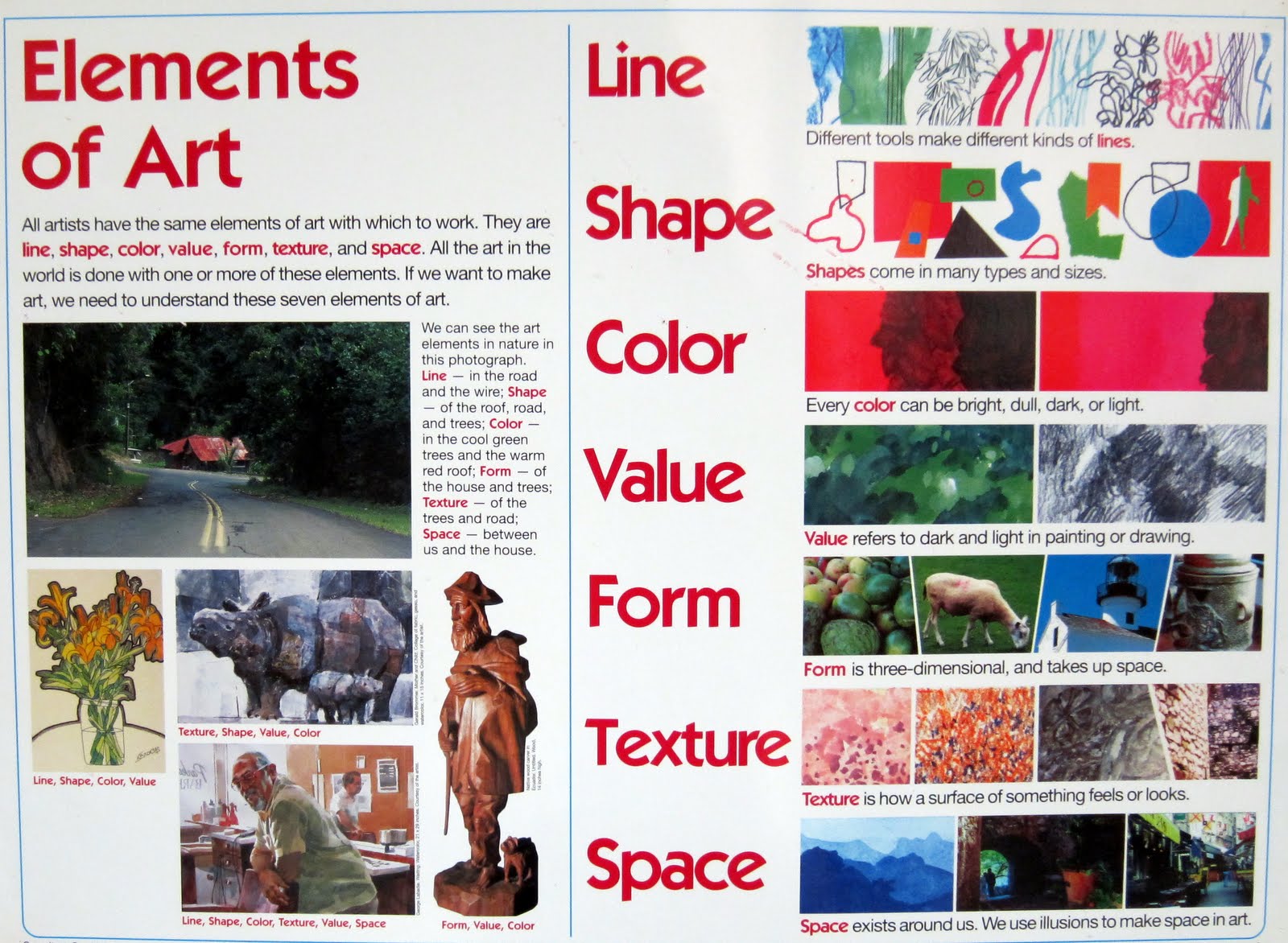Table Of Content

Hierarchy in design refers to the arrangement of elements in a way that signifies importance. It guides viewers' eyes, ensuring they focus on primary information first, followed by secondary and tertiary details. Designers establish a visual hierarchy by employing size, contrast, color, and spacing, directing attention and aiding comprehension. The elements of design are the building blocks of visual art, including point, line, shape, and space. Together, they combine to create visually engaging compositions in any design project.
Scale and Proportion in Graphic Design
Space is powerful when you want to deliver a direct message without the clutter of other design elements. A color contrast, for example, can redirect the attention of a reader to a more important part or message of a presentation. In a previous post, we discussed Visual Communication as an effective tool in conveying the company message and corporate mission. Today, we show you how to be more effective in creating visual content that is both appealing and informative. In design, shapes can be created when you are combining all other elements or they can be combined to create icons or symbols for your design project.
The Ultimate Guide to Using Pastel Colors in Graphic Design
On the other hand, when elements are out of proportion with one another, it can create a sense of discord and disharmony. As a result, designers must carefully consider proportion when creating any kind of composition. Form plays a vital role in making shapes look more substantial and grounded, giving them a sense of weight and presence. This helps objects feel more natural and tangible as if they are within reach. Tactile realism not only enhances the visual appeal of designs but also creates a stronger emotional connection between the viewer and the subject being portrayed. Whether art, architecture, or product design, the mastering form allows designers to create experiences that appeal to our senses and aesthetic sensibilities.
Get Art Inspiration To Your Inbox!
Size is an essential aspect of design that refers to objects’ physical dimensions and proportions. It determines how prominent and impactful they appear within a composition. Designers can use size to establish visual hierarchy, emphasize certain elements, and create balance.
Essential Elements Of Design Explained
The transcriptional landscape of a rewritten bacterial genome reveals control elements and genome design principles - Nature.com
The transcriptional landscape of a rewritten bacterial genome reveals control elements and genome design principles.
Posted: Mon, 24 May 2021 07:00:00 GMT [source]
White space, or negative space, gives your composition room to breathe and helps certain elements stand out. And most of the time, it makes your work more successful by highlighting the important information and your main design element. Designers should aim to understand how each of these design principles actually impact their work.
This can be done through color, size, position, or even with motion design. The key is to use emphasis judiciously, as too much can be just as ineffective as too little. When used correctly, emphasis can help to guide the viewer's eye around a composition and highlight the most important elements. Just remember balance (see how we used emphasis there?) and you'll be well on your way to eye-catching design.

The color wheel isn't just a pretty spectrum; it's a tool for creating contrast. Complementary colors, situated opposite each other on the wheel, can make your design elements pop like never before. Alternatively, proportion can be used to emphasize a certain element or concept by making the graphic or text larger than the other elements in the design. In this poster the words "art," "free," and "enroll now" are enlarged which works to catch the viewers eye and communicate the core message of the poster directly and succinctly.
Striking equilibrium with symmetry
Because fiber is a ubiquitous material in our lives we can deduce what an object like this may feel like or be utilized for by just seeing an image of it. It’s important to familiarize yourself with the most common eye movement patterns, F- and Z-patterns, and the layer cake pattern. F- and Z-patterns are more common on image-heavy pages, while the layer cake pattern is facilitated by lots of text with headings and subheadings. Alignment refers to how text or graphic elements are lined up on a page. This can refer to their alignment in relation to the entire composition (left, center, or right-aligned) as well as their alignment to one another.
As a designer, you use positive space to display the most important elements of your design. In this painting, the swirls of color in the sky carry the viewer’s gaze from left to right, which makes you feel like you’re experiencing the night breeze. But on a mechanical level, Van Gogh’s brush strokes create movement, too.
Contemporary Interior Design: Everything You Need to Know About This Minimal and Current Style - Architectural Digest
Contemporary Interior Design: Everything You Need to Know About This Minimal and Current Style.
Posted: Mon, 09 Jan 2023 08:00:00 GMT [source]
Any seasoned designer would tell you that emphasis can make or break an advertisement. To know what element needs emphasis, you must address the purpose of the creative. Visual weight ensures things are evenly distributed, like this image of a beach with water and trees. There's enough balance throughout, thanks to the clouds and reflection in the water. These are the principles of design to enhance your creative genius.
To create balance, you have to find a way to balance the elements in your design. The best way to do this is by using negative space (white space) and by making sure your elements are visually similar in size and weight. For example, if you have a large image that takes up much of the page, then make sure that there are at least two other elements on the page that are smaller than it. If all of your elements are large, then people won’t know where to focus their attention because they’ll be spread out across different sizes and weights of objects.
The wooden shed mirrors the cow while the two cows mirror the dog creating an X-shape which fills the space and balances the composition. Create variety by adding unique or unexpected elements to your designs. Variety can be used to draw the user’s attention to specific elements or areas of the design, and make them stand out. Proportion, also referred to as scale, is the relative size of objects within a design. Elements that are larger in relation to others will stand out more and appear to have more importance to users.

No comments:
Post a Comment